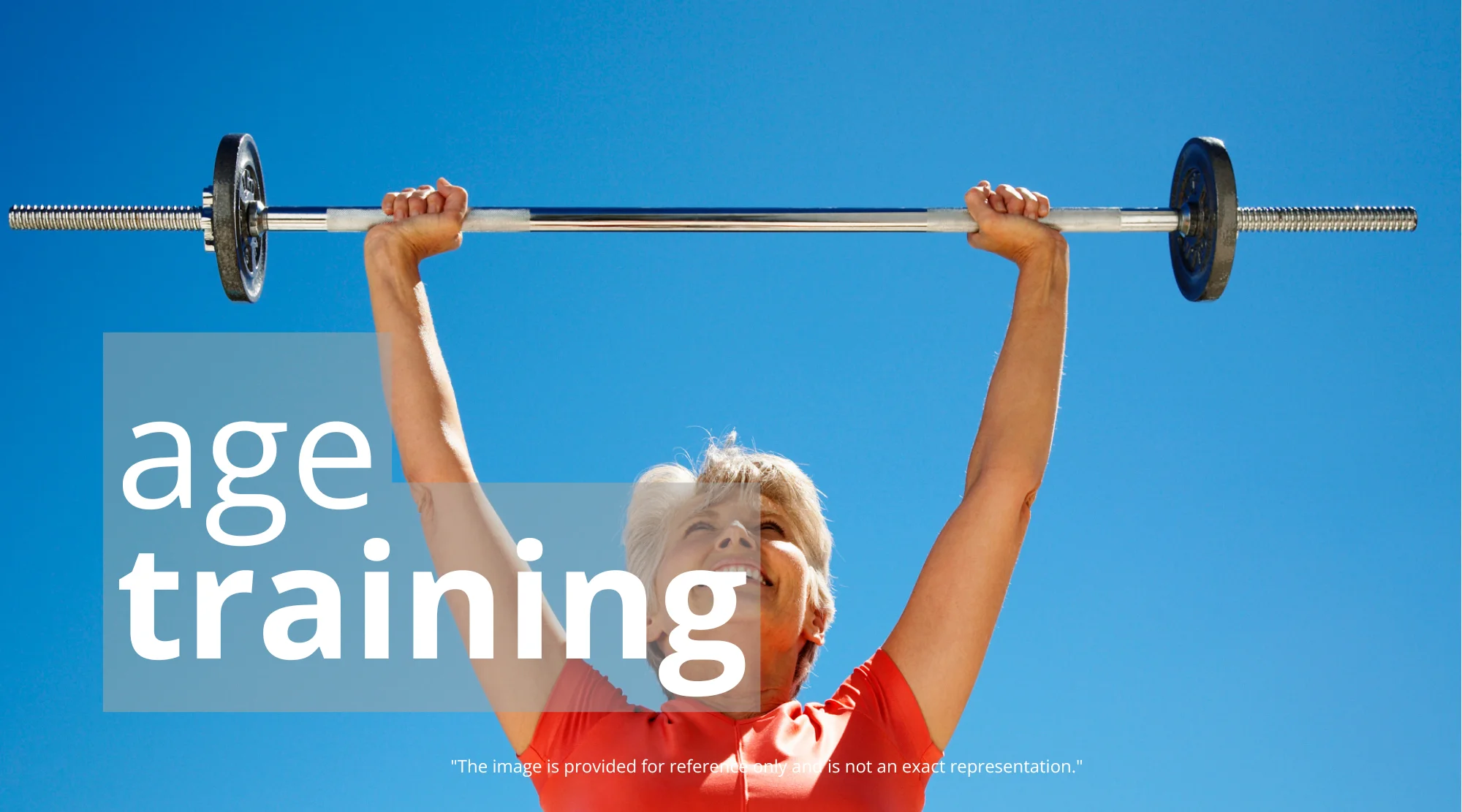Unlock Your Strength: Why Muscle Power Matters as You Age
Maintaining independence and preventing falls as we age is a primary concern for many. While strength and endurance exercises often take center stage, there’s another critical element that deserves equal, if not more, attention: muscle power. Defined as the ability to generate force quickly, muscle power is crucial for performing everyday tasks with ease and confidence. This article will explore why muscle power declines with age, how it differs from muscle strength, and, most importantly, how to train and maintain it for a healthier, more active life.
The Silent Decline of Muscle Power
Often overlooked, the decline of muscle power begins as early as our 30s, and research suggests that this decline happens more rapidly than the loss of muscle strength.

This means that while you might still feel “strong,” your ability to react quickly and generate force explosively diminishes, impacting your ability to perform tasks such as catching yourself during a stumble or quickly navigating uneven terrain.
Stephen Sayers, a researcher at the University of Missouri, highlights the importance of understanding this distinction. He notes that “you lose velocity in the muscle before you lose that component of strength.” Between the ages of 50 and 60, muscle strength may decrease by 1-2% annually, while muscle power can decline by 3-4% each year without targeted training. This acceleration in power loss significantly increases the risk of losing physical autonomy sooner than expected.
Muscle Strength vs. Muscle Power: Understanding the Difference
While both are essential, muscle strength and muscle power are not the same. Muscle strength refers to the ability of a muscle to exert force and move or support a load. Think of lifting a heavy box. Muscle power, on the other hand, incorporates the element of time – the ability to generate force quickly. Consider the action of quickly stepping up to avoid tripping. That’s where power comes in.
Imagine crossing a busy street. You might have the strength to walk across, but if you lack the speed and power to react to changing traffic conditions, you could be at risk. Muscle power relies on fast-twitch muscle fibers, which are responsible for explosive movements. Unfortunately, these fibers are often underutilized in daily life, leading to their decline if not specifically trained. Maintaining your fiber intake with the High-Protein, High-Fiber Snacks: Your Guide to Sustained Energy & Health could assist with developing the right amount of protein intake.
The Impact of Power Loss on Daily Life
As muscle power diminishes, everyday activities become more challenging. Tasks like rising from a low chair, climbing stairs, or carrying groceries demand more effort and increase the risk of falls.
Falls are a leading cause of injury and loss of independence in older adults. Claire Morrow, a physical therapist, emphasizes the importance of walking speed as an indicator of fall risk. The ability to react swiftly to a trip or obstacle is critical. Even with adequate muscle strength, a lack of power can prevent timely stabilization, leading to a fall. Studies have shown that individuals who train for power can move their limbs more rapidly and regain balance before falling, especially crucial for those in their 60s, 70s, and beyond. [External Link to a reputable source on fall prevention in older adults, like the CDC].
Training for Power: Regaining Your Edge
The good news is that muscle power is trainable at any age. Incorporating power exercises into your routine can effectively protect mobility, independence, and reduce fall risk. A study in the Journal of Aging and Physical Activity found that high-speed resistance training outperforms traditional strength training in improving functional movement in older adults.
Stephen Sayers shares that in his research, individuals who transitioned from sedentary lifestyles to power training experienced strength increases of 25-30%. The key lies in speed. Use light weights and focus on performing the lifting phase of an exercise as quickly as possible while maintaining a slow, controlled lowering phase. Start with machines for safety and control, using only about 40% of your maximum capacity.
At home, try performing quick bodyweight squats or repeatedly sitting and standing from a chair. “Any exercise that adds resistance to movement is resistance training… just do it quickly,” Sayers advises. For more ways to train from home, take inspiration from Flat Stomach Secrets: Inspired by Brigitte Macron’s Fitness and implement it in your daily routines.
Early Warning Signs and Self-Assessment
While there isn’t a single home test for power, some indicators can provide insights. Ask yourself: How easily can you lift luggage into an overhead compartment? How easily can you climb stairs? Do you feel the need to use handrails?
A simple self-assessment is the single-leg heel raise test. Try lifting your heel while standing on one leg. Performing 30 repetitions is generally considered normal. Weakness in the calf muscle can be an early warning sign of power loss.
Conclusion: Embrace Power for a Fulfilling Life
Prioritizing muscle power is not just about maintaining physical function; it’s about preserving your independence, confidence, and overall quality of life as you age. By incorporating power-focused exercises into your fitness routine, you can defy the natural decline of muscle power and embrace a more active, fulfilling future. Remember, it’s never too late to start building your power and reclaiming your strength. Remember to check with your doctor before starting any new workout routine.











1 comment